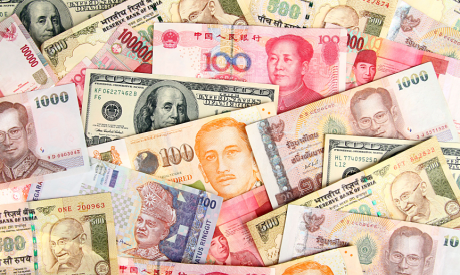Ahead Today
G3: UK CPI, US Existing Home sales, Eurozone Consumer Confidence
Asia: China Loan Prime Rate
Market Highlights
The BoJ held its short-term rate at -0.1% and kept its yield curve control parameters in a unanimous decision. It struck a cautious tone, as Ueda maintained that more evidence is needed to confirm that wage gains are feeding into sustainable inflation. The BoJ also signalled a relatively high bar to hiking in January.
The yen dropped against the dollar after the decision and edged down further during Ueda’s news conference. Overall, USD/JPY gained nearly 0.8%. From the research team’s perspective, we think it’s a matter of time before BOJ shifts policy, and continue to see USDJPY falling closer to 132 in 12 months given our view that the US rates will come off meaningfully over 2024 and as the BOJ removes negative interest rates.
Meanwhile, shipping in the Red Sea is coming to a standstill as Iran-backed Houthi militants increased their attacks in support of Hamas. Brent oil futures and European natural gas traded higher amid the most concrete sign yet of interruption to energy supplies since the beginning of the war in Gaza.

Regional FX
Asian FX were mixed against the Dollar. USDCNH fell to 7.12 and USDMYR fell to 4.67, while KRW weakened by 0.8%. Looking forward, focus in Asia will turn to the PBOC’s policy decision later today. The PBOC is widely expected to keep its one- and five- year loan prime rates unchanged at 3.45% and 4.20% respectively. The IMF released its Article IV report for India, which reclassified India’s FX regime to a “stabilized arrangement” from a “floating’ system. The IMF said that the RBI’s intervention likely exceeded levels necessary to address disorderly market conditions. India “strongly disagreed” with the assessment and called it “unjustified”. We are cautious on INR in the near-term, but see scope for USDINR to fall over the longer-term as inflows from bond index inflows accelerate, and RBI allows some INR strength on the back of a weaker US Dollar.


